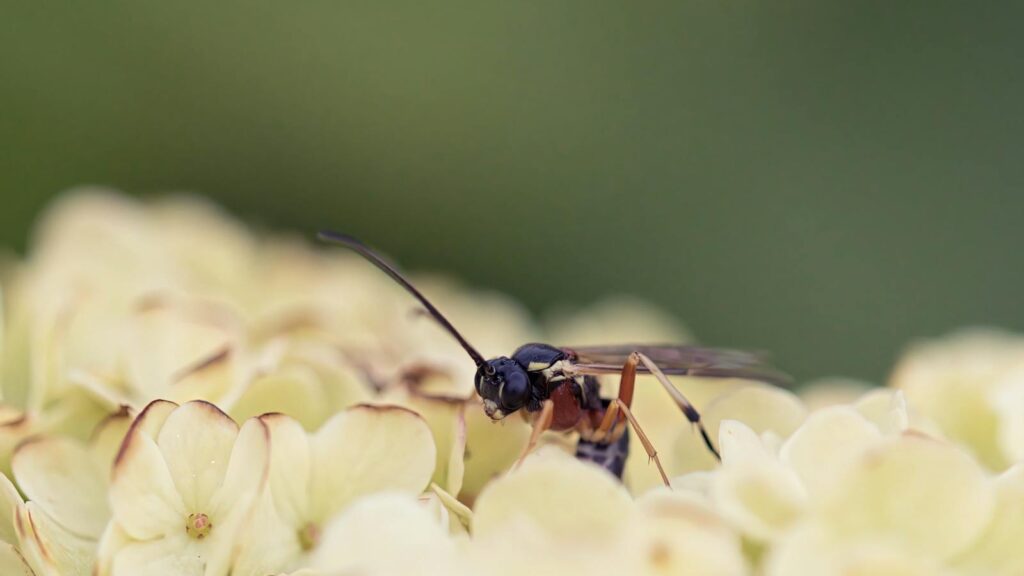
In the vast and diverse world of insects, where millions of species exist in virtually every habitat on Earth, there’s a fascinating race to the bottom in terms of size. While we often marvel at the largest creatures in nature, there’s something equally captivating about the incredibly tiny organisms that manage to function as complete living beings. Among these minuscule marvels is the fairy wasp, specifically the species *Dicopomorpha echmepterygis*, which holds the distinction of being the smallest known insect with a complete nervous system and brain. Despite being smaller than some single-celled organisms, these tiny creatures perform all the complex functions of insect life, from finding mates to locating suitable hosts for their offspring, all coordinated by a brain smaller than the width of a human hair.
The Record-Breaking Dimensions
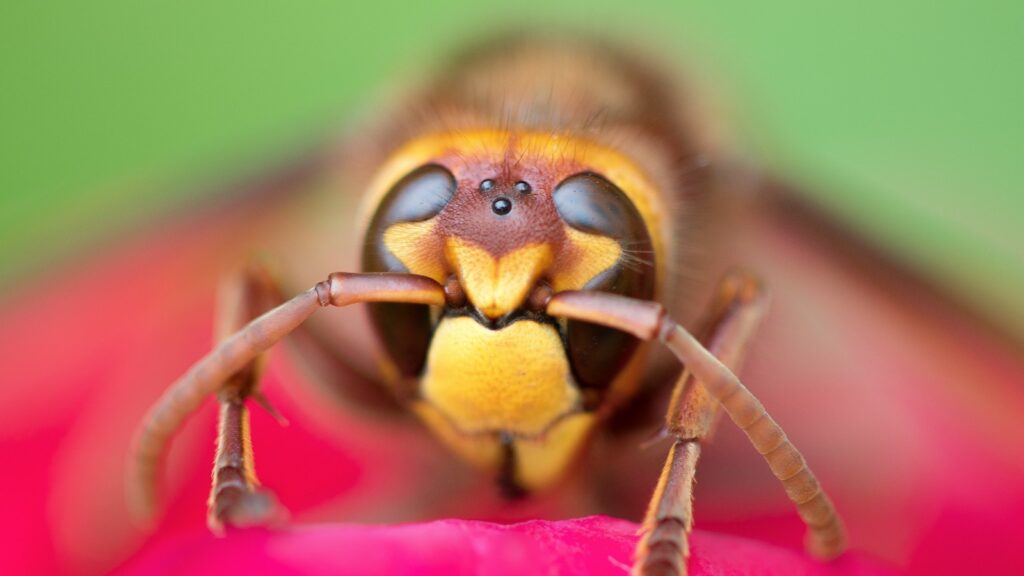
The male fairy wasp *Dicopomorpha echmepterygis* measures an astonishing 139 micrometers in length – that’s just 0.139 millimeters, or about the width of a human hair. To put this in perspective, approximately 50 of these insects lined up would barely span the length of a grain of rice. The females are comparative giants at around 550 micrometers, or just over half a millimeter. These parasitic wasps are so small that they’re invisible to the naked human eye and can only be properly studied under high-powered microscopes. Their diminutive size makes them smaller than some single-celled organisms, like certain amoebas, creating the fascinating situation where a multicellular organism with organs, muscles, and a nervous system is smaller than some single cells.
Taxonomy and Classification
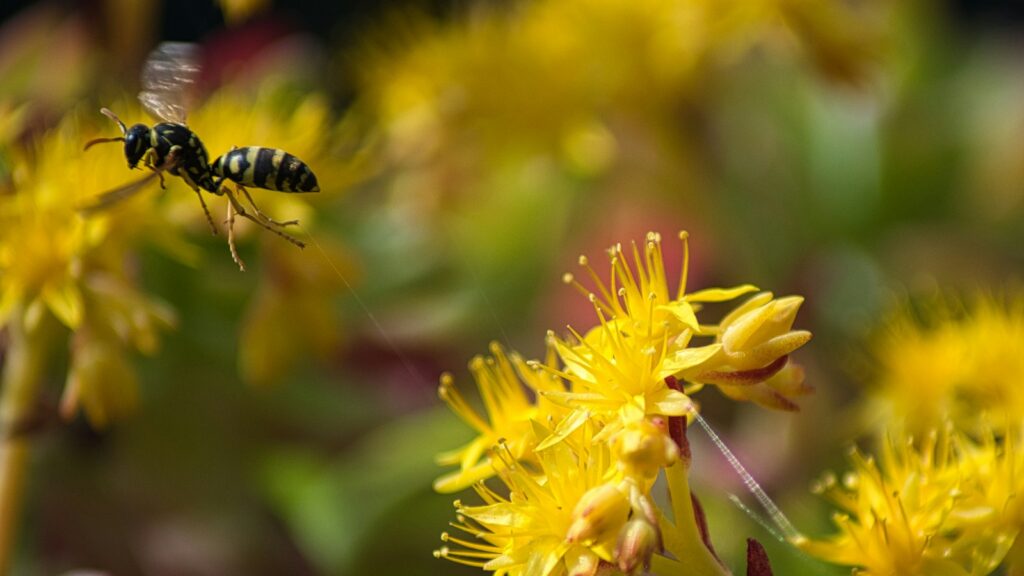
Fairy wasps belong to the family Mymaridae within the order Hymenoptera, which includes ants, bees, and wasps. Currently, scientists recognize more than 1,400 species of fairy wasps distributed across approximately 100 genera, though many more likely remain undiscovered due to their microscopic size. Despite their name, fairy wasps aren’t true wasps in the conventional sense – they’re parasitoid wasps that specialize in parasitizing the eggs of other insects. Their taxonomy has undergone various revisions as new molecular and morphological data have become available. The species *Dicopomorpha echmepterygis* was first described in 1997 by entomologist John Huber, who recognized its significance as potentially the smallest known insect.
The Miraculous Miniature Brain

Perhaps the most remarkable aspect of these tiny insects is that they possess fully functional brains despite their minuscule size. The brain of a fairy wasp contains fewer than 7,400 neurons – compared to the approximately 86 billion neurons in a human brain – yet it’s sufficient to control all the complex behaviors these creatures exhibit. The nervous system is remarkably streamlined, with the brain taking up a significant portion of the head cavity. Scientists have discovered that these wasps have evolved unique adaptations to accommodate such extreme miniaturization, including neurons that lack many of the supporting cells found in larger insects. The neural architecture represents an evolutionary marvel – a study in extreme efficiency where every neuron must serve multiple functions to enable the insect to navigate its environment successfully.
Evolutionary Drivers of Miniaturization
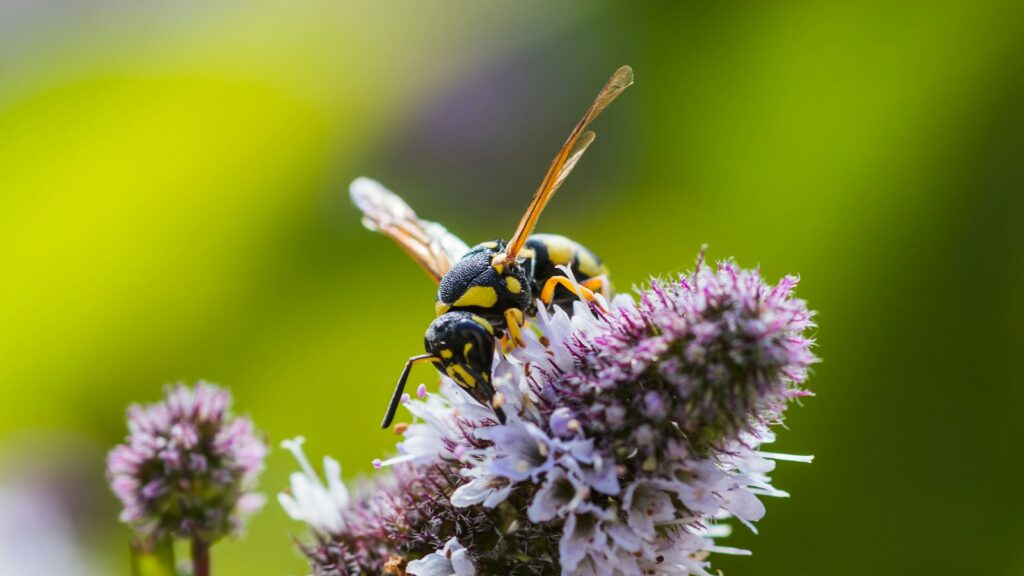
The extreme miniaturization observed in fairy wasps represents the culmination of powerful evolutionary pressures. Their small size allows them to exploit ecological niches unavailable to larger organisms, particularly by parasitizing the tiny eggs of other insects. This specialization grants them access to abundant food resources with relatively little competition. Additionally, their diminutive dimensions enable them to evade many predators that simply cannot detect or capture such tiny prey. Scientists believe the process of miniaturization occurred gradually over millions of years, with each reduction in size conferring survival advantages. Researchers hypothesize that the lower limit of insect size may be dictated by the minimum number of neurons required for basic functions – essentially, how small a brain can be while still functioning as a brain.
Life Cycle and Reproduction
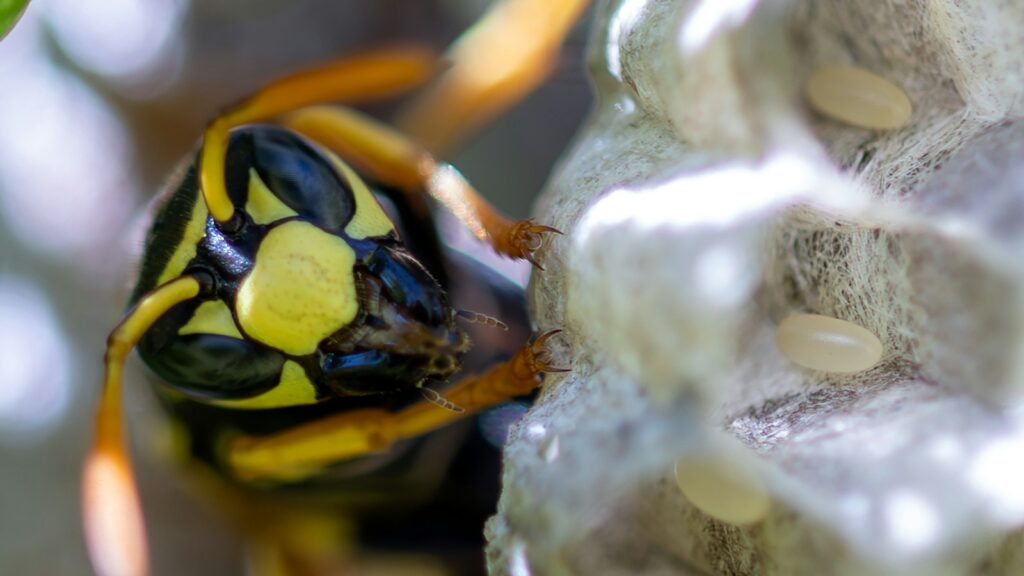
The fairy wasp’s life cycle exemplifies remarkable adaptation to their parasitic lifestyle. Female wasps locate host eggs using specialized sensory organs that can detect chemical cues from potential hosts. After locating a suitable egg, typically from another insect like a thrips or barklouse, the female wasp uses her ovipositor to pierce the host egg and deposit her own egg inside. The developing wasp larva consumes the contents of the host egg, essentially using it as both shelter and food source. Male fairy wasps often have reduced features – some species’ males lack wings, eyes, or even mouthparts, as their sole purpose is to mate with females before quickly dying. In *Dicopomorpha echmepterygis*, the males never leave the host egg where they developed, instead mating with females as they emerge.
Physical Adaptations for Miniaturization

Fairy wasps display numerous physical adaptations that enable their extreme miniaturization while maintaining functionality. Their wings have evolved into paddle-shaped structures with long bristles creating a fringe around the edge – a design called “featherwings” that leverages physical principles more appropriate for swimming through air than conventional flight. Their exoskeleton is remarkably thin, reducing weight while still providing structural support. The eyes are greatly simplified compared to larger insects, often consisting of just a few facets rather than the compound eyes typical of other insects. Their respiratory system has also adapted, with fewer and simplified tracheae delivering oxygen directly to tissues. These modifications collectively represent extraordinary evolutionary solutions to the challenges of miniaturization.
Sensory Capabilities Despite Size Constraints
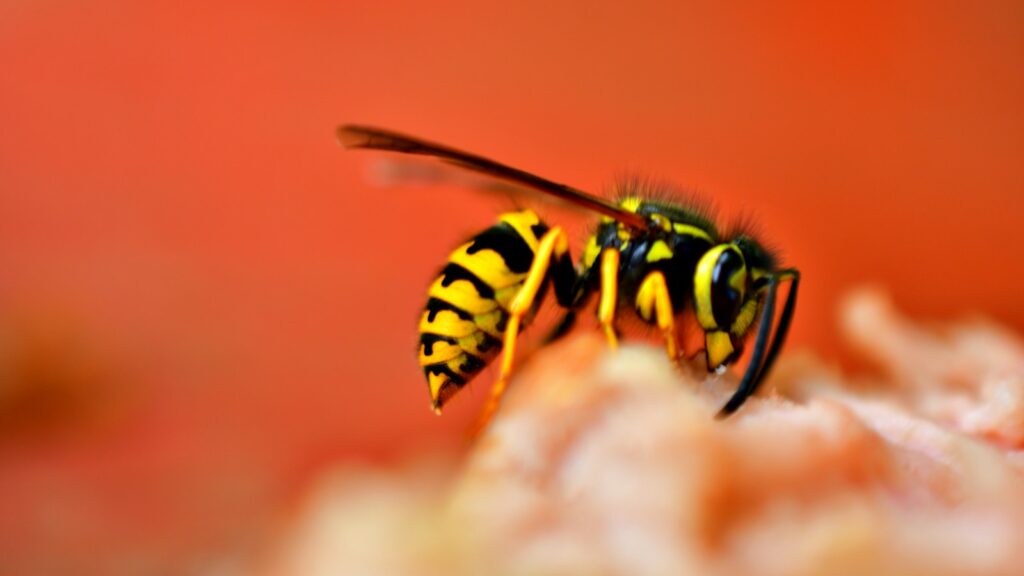
Despite their minuscule dimensions, fairy wasps possess surprisingly sophisticated sensory capabilities that enable them to navigate their environment effectively. Their antennae contain specialized chemoreceptors that detect airborne chemicals, allowing them to locate potential hosts with remarkable precision. Some species can detect the sex pheromones of other insects, using this information to find hosts that have recently laid eggs. Visual acuity is typically reduced, with most species having simplified eyes with just a handful of facets compared to the thousands found in larger insects. Touch receptors distributed across their body surface provide crucial information about their immediate surroundings. These sensory adaptations, all controlled by their tiny brain, demonstrate nature’s ability to create functional sensing systems at the extreme lower limits of size.
Ecological Significance
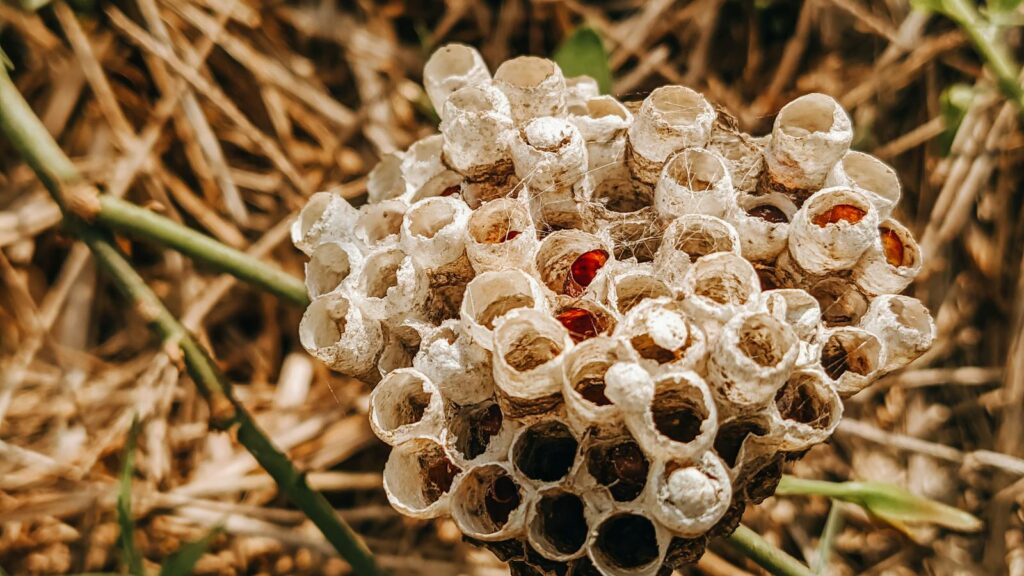
Despite their microscopic size, fairy wasps play significant ecological roles in many ecosystems. As parasitoids of various insect eggs, they help regulate populations of many potential pest species, providing a natural form of biological control. Some species have been deliberately introduced to agricultural settings to manage pest populations, particularly for crops vulnerable to thrips, leafhoppers, and certain beetles. Their abundance can be staggering – a single leaf might host hundreds of these tiny parasitoids, each targeting different host eggs. Their role in food webs is also notable, as they provide prey for larger predators like spiders and predatory mites that can detect and capture these minute insects. The cumulative ecological impact of these tiny organisms belies their individual size.
Challenges in Studying Microscopic Insects
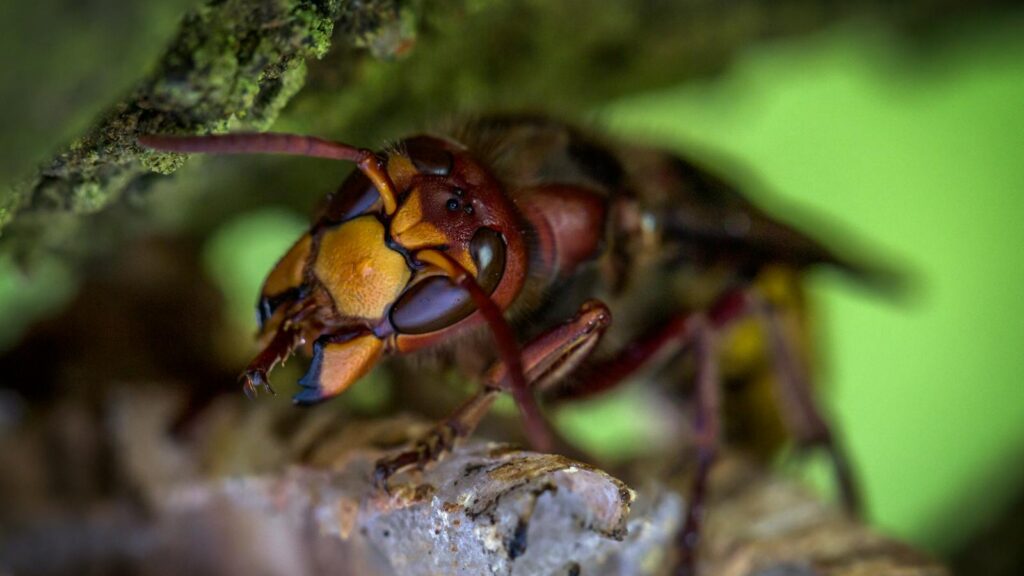
Researching fairy wasps presents unique challenges that have hindered scientific understanding of these remarkable creatures. Their minute size makes collection exceedingly difficult – conventional insect trapping methods often damage or miss them entirely. Special techniques involving fine mesh nets, aspirators, or rearing them from host eggs are typically required. Microscopic examination demands sophisticated equipment, including scanning electron microscopes for detailed morphological studies. Laboratory maintenance presents additional hurdles, as their specialized parasitic lifestyle makes keeping populations in captivity challenging. DNA extraction must be performed with extraordinary care due to the minimal amount of genetic material available from each specimen. These technical challenges explain why, despite their abundance, fairy wasps remain relatively understudied compared to larger insect groups.
The Limit of Insect Miniaturization
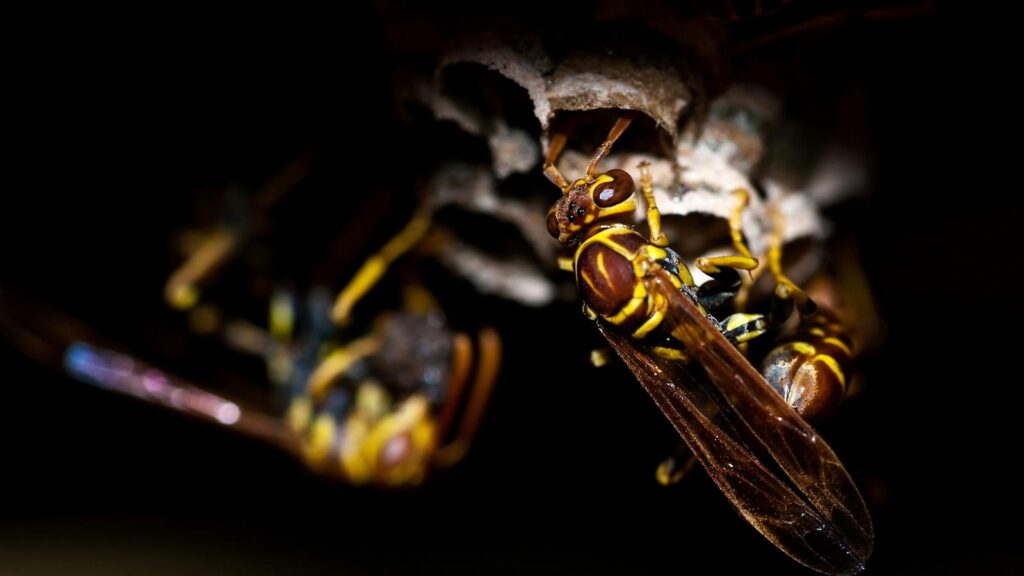
The fairy wasp may represent the theoretical lower size limit for insects with functional brains. Biophysical constraints appear to prevent further miniaturization while maintaining the complex functions required for finding food, avoiding predators, and reproducing. Oxygen diffusion becomes increasingly efficient at microscopic scales, enabling the simplification of respiratory systems, but neurological functions face harder constraints. Each neuron requires a minimum size to function properly, creating a lower boundary for brain size. Additionally, the physics of movement changes drastically at miniature scales, where air becomes more viscous relative to body size – comparable to humans trying to swim through honey. While some organisms like bacteria and viruses are smaller, they lack nervous systems entirely, using different mechanisms to respond to environmental stimuli.
Comparison with Other Miniature Organisms

The fairy wasp’s remarkable size becomes even more impressive when compared with other minute organisms. While they may be the smallest insects with brains, certain mites and tardigrades (water bears) can be of comparable size or even smaller. However, these arthropods have significantly simpler nervous systems than fairy wasps. Some single-celled protozoans like Paramecium can actually exceed the size of male fairy wasps, creating the counterintuitive situation where a multicellular animal is smaller than some single cells. Among vertebrates, the smallest fish, the Paedocypris progenetica, measures around 7.9mm – making it over 50 times larger than the fairy wasp. The comparison highlights how insects have achieved levels of miniaturization unmatched by any other organisms with complex brains and nervous systems.
Future Research Directions
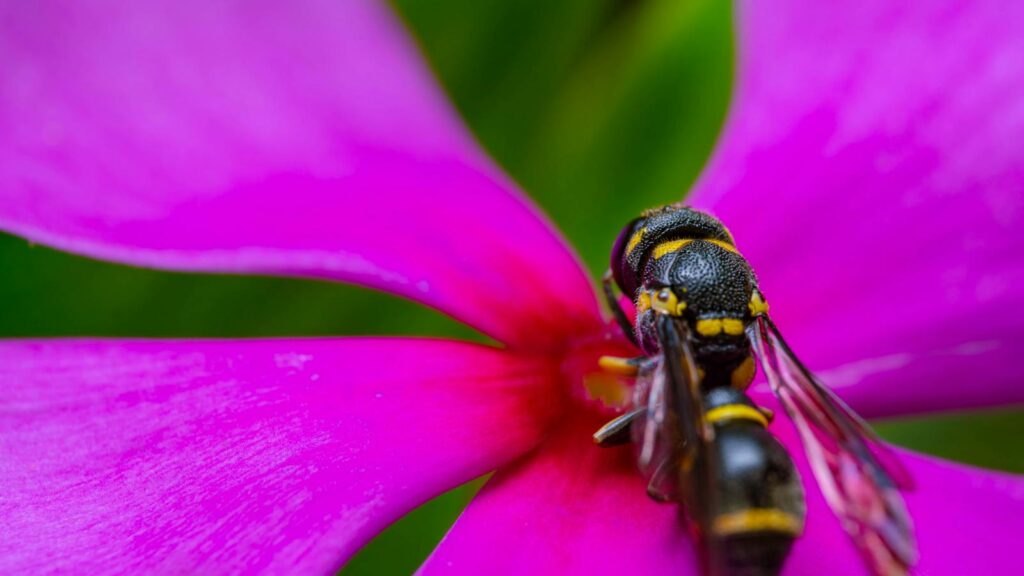
The frontier of research on fairy wasps and other microinsects holds exciting possibilities for both basic science and applications. Advances in microscopy technologies, particularly developments in micro-CT scanning and 3D reconstruction, promise to reveal the internal anatomy of these insects in unprecedented detail without destroying specimens. Genomic studies may help explain the genetic basis for extreme miniaturization and identify the mechanisms that allow for neural function at such small scales. Biomimetic applications represent another promising avenue, as engineers look to these insects for inspiration in designing miniature robots and sensing systems. Understanding how fairy wasps achieve efficient flight at microscales could influence microfluidics and the design of tiny aerial vehicles. The principles of neural efficiency observed in these insects might even inform more efficient computing architectures.
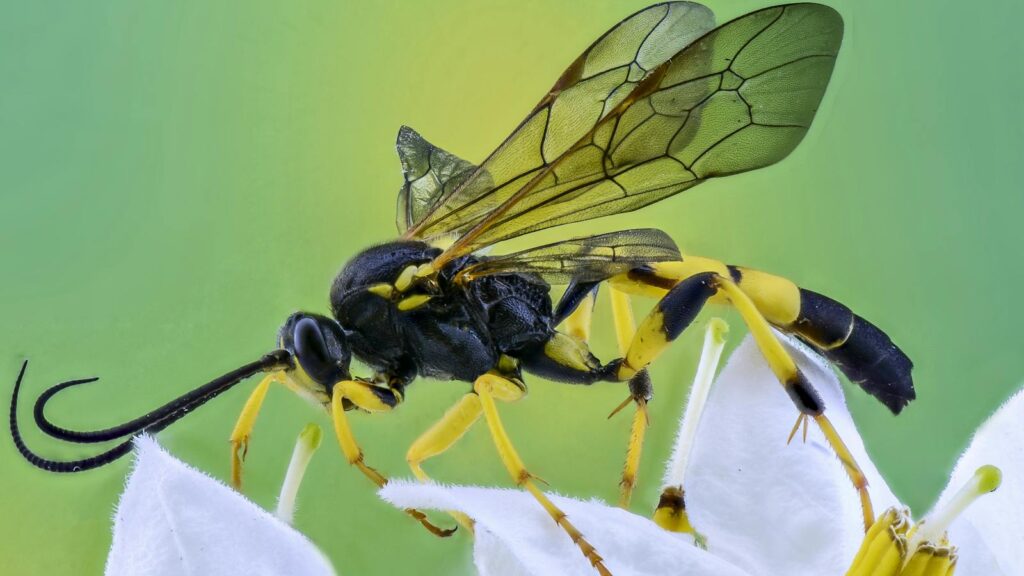
The fairy wasp stands as one of nature’s most remarkable achievements – an organism that pushes the boundaries of how small a complex multicellular creature can be while maintaining the sophisticated functions of insect life. At dimensions smaller than some single cells, these tiny parasitoids navigate their world with a brain containing fewer than 10,000 neurons, yet capable of complex host-finding behaviors, reproduction, and survival in diverse environments. They represent an extraordinary example of evolutionary adaptation and efficiency, demonstrating how natural selection can produce functional complexity at almost unimaginably small scales. As technology advances, these miniature marvels will likely continue to reveal secrets about the minimum requirements for brain function and the remarkable adaptability of life on our planet.
